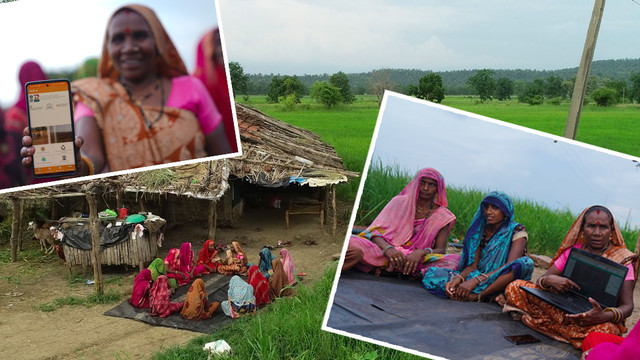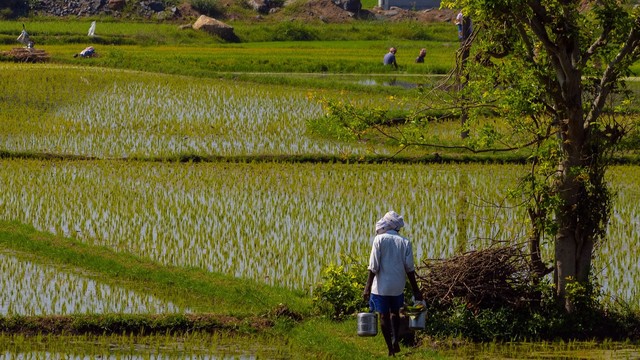Monitoring climate change adaptation: the importance of linking global and national reporting
The Paris Agreement provides a foundation for the most robust climate change transparency system to date. IIED research has identified ways to improve this reporting by aligning global and national activity.

A water adaptation project by the International Development Research Centre (IDRC) in Bolivia (Photo: Denise Loga/IIED)
The Paris Agreement asks countries to monitor and report on their progress towards their adaptation targets. But this is not an easy task. Many adaptation targets – such as better adaptive capacity or improved resilience – are qualitative. So, unlike mitigation, adaptation cannot easily be measured using any single metric.
Adaptation also has to be assessed on many different levels: global, national, local and sectoral.
At present – despite considerable international attention for adaptation monitoring and evaluation (M&E) – there is limited evidence that M&E systems are linking across these different levels. Yet doing so would provide many benefits. It would help to:
- Streamline workflows and avoid duplication
- Reduce the reporting burden
- Minimise resource wastage
- Improve downward accountability
- Improve country-level decision making
- Share learning between national and international frameworks, and
- Win ‘buy-in’ from the people responsible for making sure these systems work.
IIED is looking at ways to meet these challenges. Its latest paper on this subject compares the results measurement frameworks (RMFs) used by global climate funds with the M&E systems used by developing countries, and argues that aligning these would benefit both sides.
The paper, 'Assessing adaptation results: aligning national M&E systems and global results frameworks', looks at four major global climate funds that are investing in RMFs to monitor and assess adaptation activities. It also looks at the different approaches taken by some country M&E systems. It then gives recommendations for aligning these global funds and national systems through two routes: aligning with well-established existing systems or supporting less established country M&E systems.
This issue paper is part of IIED's programme on Supporting national monitoring and evaluation systems to enable adaptation assessment and reporting, set up to improve and share understanding about monitoring and evaluation for climate change adaptation planning and reporting.
The aim is to help developing countries set up processes for adaptation monitoring that will feed into national policy as well as improve reporting under the Paris Agreement.




